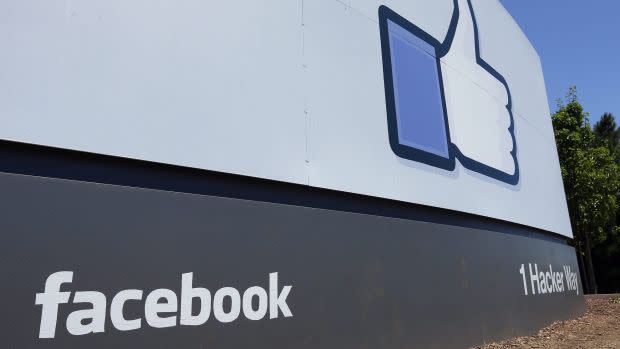A new Stanford study shows young US 2020 voters are really bad at spotting fake news

Between June 2018 and May 2019, groups of US high school students were shown a grainy video on Facebook in which poll workers appeared to be stuffing ballots. The video had been posted by a user who went by the name “I on Flicks.” It claimed to show scenes from the 2016 Democratic primaries in Illinois, Pennsylvania, and Arizona. The caption read, “Have you ever noticed that the ONLY people caught committing voter fraud are Democrats?”
None of it was true. The video actually showed voter fraud taking place in Russia, not the United States. But 52% of the students concluded that the video provided “strong evidence” of voter fraud in the 2016 Democratic primaries.
The experiment was conducted as part of a national survey called “Students’ Civic Online Reasoning: A National Portrait.” Researchers Joel Breakstone, Mark Smith, and Sam Wineburg of the Stanford History Education Group (HEG), in collaboration with Gibson Consulting, an education research group based in Texas, set out to measure young people’s ability to judge the credibility of the information they find online. The project received funding from the William and Flora Hewlett Foundation.
The study is a follow-up to a much-talked-about 2016 assessment of “civic online reasoning,” which found that high-schoolers were unprepared for the flood of information coming at them from their various digital devices. The group’s latest work shows that, in the past three years, “there’s been a lot of hand waving at this problem that’s not moved beyond hand-wringing,” HEG founder Sam Wineburg told Quartz in an email. But while very little has changed, the stakes may have become higher.
Most high schoolers can’t spot fake news
In this year’s experiment, a representative sample of 3,446 high school students from 16 school districts in 14 states volunteered to complete six online tasks that measured their ability to evaluate digital sources. In one task, students had to decide whether a website about global warming that was indirectly funded by the fossil fuel industry war reliable. In another, they assessed whether a banner promoting a limited sale on the Gotham Writers’ Workshop on Slate‘s homepage was a news story or an advertisement.
Per the report, “The results—if they can be summarized in a word—are troubling.”
Independent raters from Gibson Consulting assigned students’ responses a score of zero to two using a three-level rubric. Zero was “beginning,” meaning students didn’t manage to accurately evaluate the online content. One was “emerging,” which meant the students were on the right track but didn’t articulate why they thought a source was reliable or not. And two was “mastery,” where students accurately evaluated online content, using skills of “lateral reading,” meaning they thought and acted like fact-checkers.
Fewer than 3% of students earned a “mastery” score on all six tasks, and at least two-thirds of student responses were rated “beginning” for each of the six tasks. Students were most successful at the Facebook video task, with 8.7% of responses rated “mastery.” They were least successful at a task that asked them to evaluate why a tweet by advocacy group MoveOn.org might be reflective of the views of National Rifle Association members on gun control. The tweet claimed that two out of three gun owners say they are more likely to vote for candidates who support background checks. Less than 1% of responses earned a “mastery” score on that task.
What does this mean for 2020?
The results of the latest experiment are important because, as the report points out, many high school students will vote for the first time in the 2020 presidential election. In fact, experts say the youth vote will be crucial in 2020. As outside actors—from Russian trolls to Chinese and Iranian hackers—flood social media and the digital space, seeking to influence the results of US elections, “[t]he credulity of young people plays into the hands of bad actors and offers encouragement that dirty digital tricks can offer cheap payoffs,” says Wineburg.
The researchers concluded that the ways in which digital literacy is currently taught don’t work. They noted that disadvantaged and minority students were more likely to perform poorly on civic reasoning, and called for more equitable access to a “carefully designed, thoughtfully delivered, and rigorously evaluated curriculum.”
“Educational systems move slowly. Technology doesn’t,” the authors wrote. “If we don’t act with urgency, our students’ ability to engage in civic life will be the casualty.”
Sign up for the Quartz Daily Brief, our free daily newsletter with the world’s most important and interesting news.
More stories from Quartz:
